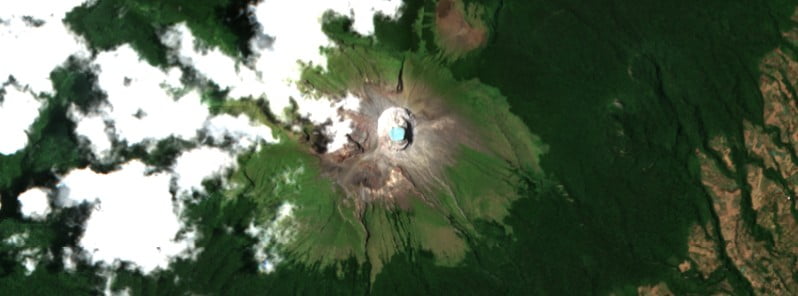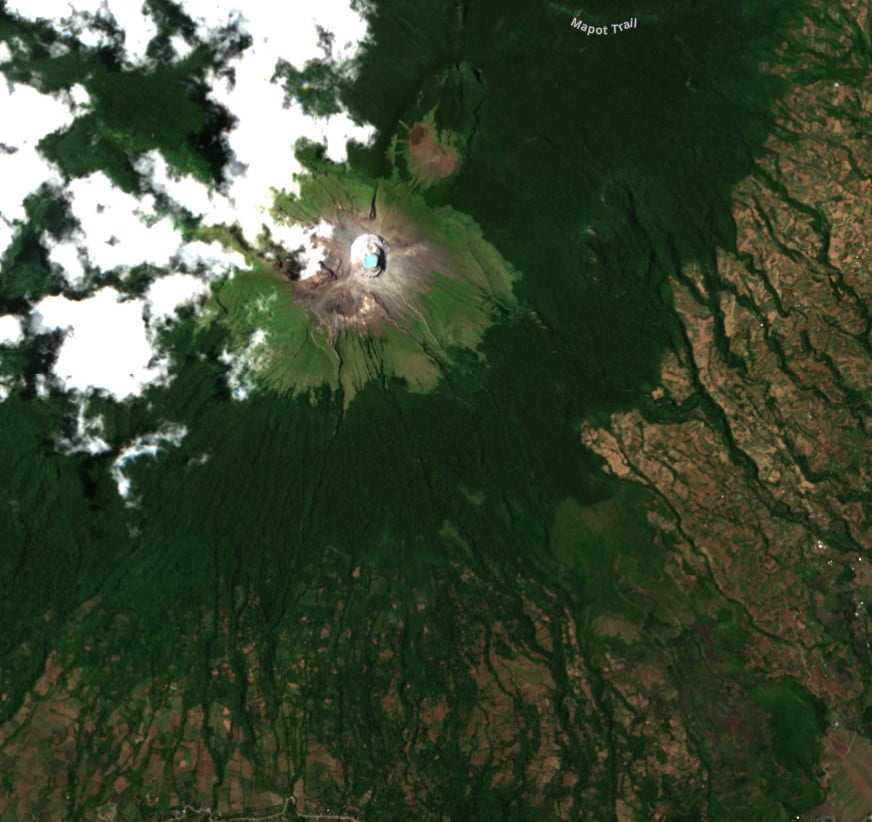Kanlaon volcano records highest sulfur dioxide emission this year, Philippines

A sharp increase in SO2 emissions was recorded at Kanlaon volcano last week, creating concerns over potential phreatic eruptions.
On April 30, 2023, Kanlaon Volcano’s sulfur dioxide (SO2) emissions surged to an average of 1 099 tonnes/day, nearly ten times higher than the average of 124 tonnes/day recorded since March 2023. This marks the highest recorded value this year, PHIVOLCS said.1
Additionally, volcanic SO2 concentrations were detected for the first time in thermal springs on the northern slopes in April 2023.
A total of 141 volcanic earthquakes occurred between April 1 and April 30, 2023, averaging five per day, with depths ranging from shallow to 10 km (6.2 miles) beneath the edifice’s northern and western portions.

Continuous GPS and electronic tilt measurements have recorded short-term inflation of the lower and middle slopes since March 2023, indicating slow pressurization within the volcano.
These factors suggest increased hydrothermal activity beneath the edifice, possibly driven by the degassing of deeper magma and raising the likelihood of phreatic or steam-driven explosions at the summit crater.
At this time, Alert Level 1 remains in effect for the volcano. The public and local government units are strongly advised to remain vigilant and avoid entering the 4 km (2.49 miles) Permanent Danger Zone (PDZ) due to the increased risk of sudden and hazardous phreatic eruptions without warning. Civil aviation authorities should also caution pilots against flying near the volcano’s summit, as ejecta from any sudden phreatic eruption could pose a danger to aircraft.
DOST-PHIVOLCS is closely monitoring the activity at Kanlaon Volcano and will provide updates on any new developments.
Geological summary
Kanlaon volcano (also spelled Canlaon), the most active of the central Philippines, forms the highest point on the island of Negros. The massive 2435 m (7 989 feet) high andesitic stratovolcano is dotted with fissure-controlled pyroclastic cones and craters, many of which are filled by lakes.
The largest debris avalanche known in the Philippines traveled 33 km (20.5 miles) to the SW from Kanlaon. The summit of Kanlaon contains a 2 km (1.2 miles) wide, elongated northern caldera with a crater lake and a smaller, but higher, historically active vent, Lugud crater, to the south.
Historical eruptions from Kanlaon, recorded since 1866, have typically consisted of phreatic explosions of small-to-moderate size that produce minor ashfalls near the volcano.2
References:
1 Kanlaon Volcano Advisory – DOST-PHIVOLCS – May 1, 2023
2 Kanlaon – Geological summary – GVP
Featured image: Kanlaon volcano on April 19, 2023. Credit: Copernicus EU/Sentinel-2, EO Browser, The Watchers

Commenting rules and guidelines
We value the thoughts and opinions of our readers and welcome healthy discussions on our website. In order to maintain a respectful and positive community, we ask that all commenters follow these rules.